Howard DGA-6
History
Edited from Wikipedia
The Howard DGA-6 (Darn Good Airplane) was a pioneer racing plane, nicknamed "Mister Mulligan". It was the only airplane ever designed for the specific purpose of winning the Bendix Trophy. The plane was designed and developed by Ben Howard and Gordon Israel, who later became an engineer for the Grumman Aircraft Engineering Corporation. Mister Mulligan was designed to fly the entire length of the race nonstop and at high altitude. Neither had ever been done before. Mister Mulligan won the trophy, and thus changed the way in which long distance airplanes were designed.
The single DGA-6 was constructed in 1934 in the defunct factory of the American Eagle-Lincoln Aircraft based at Fairfax Airport in Kansas City, Missouri. It featured a steel tube fuselage with a plywood-skinned wing. Howard freely admitted he was inspired by "seeing the Monocoupe from the wrong end" during air races.
While enroute to the 1934 air races, oxygen and fuel system problems caused an off-field landing, which damaged the landing gear and propeller. The aircraft could not be repaired in time and missed the 1934 season.
For the 1935 Bendix race the aircraft was loaded with 300 gallons of gasoline, 30 gallons of oil and oxygen equipment for two, giving it the ability to fly for seven hours at 22,000 feet (6,700 m).
Howard and Israel flew the DGA-6 in the 30 August 1935 Bendix Trophy race and won with a speed of 238.70 miles per hour, and Harold Neumann racing the DGA-6 flew at 220.19 mph (354.36 km/h) in winning the 2 September 1935 Thompson Trophy. Howard's engineering advantage was his low-drag airframe and the use of the 850-horsepower (630 kW) Pratt & Whitney Wasp radial. The fuel capacity of the four-seat Mister Mulligan made the difference in the Bendix race, as Howard and Israel beat Roscoe Turner's 1,000 hp (750 kW) Pratt & Whitney R-1690 Hornet on his Wedell-Williams Model 44 racer.
No other pilot or single aircraft had ever won both races. Howard's DGA-6 also had the distinction of being the only racer during the golden age of airshows to evolve into a successful commercial production aircraft, first as the Howard DGA-8 and DGA-9, and later the DGA-11 and DGA-12.
The Kit
According to Scalemates, this kit began life in 1949 under the Hawk label. The last boxing was in 1993 and I suspect, being that I bought the kit still in the wrapping and the parts were taped inside a rolled bag, this release is more recent. Regardless, the molding is looking long in the tooth with some dense flash on numerous parts and mold ejection points. Fortunately, most of the 19 (including a two-part stand and pilot figure) light gray parts were still attached to the sprues with the one-piece wing separate. Unfortunately, the one clear part was left loose in the bag but was not scratched. Of note is that the radial engine, without pushrod tubes, is molded into the cowl. Nor is there any interior detail. As was customary in the era of the kit's release, raised outlines for the race and registration numbers are molded on the surfaces. The decal sheet of the numbers is sandwiched into the folded size 11 X 17 instructions.
The Build
A 21st century modeler is presented with a conundrum with this kit. Should it be built in the spirit of the limited post-WWII technology, or try to produce a more contempory model? If the latter choice is selected, how much effort should go into it?
In my case, I initially wanted a quick simple build, but as I did more and more on-line research, I found more and more inaccuracies that I found annoying. Sigh. How deep should I go down this rabbit hole? Browsing through my parts stash, I settled on a new engine, add some cockpit detail, and, aside from a floor and rear bulkhead, leave the cabin alone.
A test fit of the fuselage halves and wing gave me some idea of how to install the frame members that can be seen through the windshield. Those parts were also were cleared of flash and the raised lettering outlines removed.
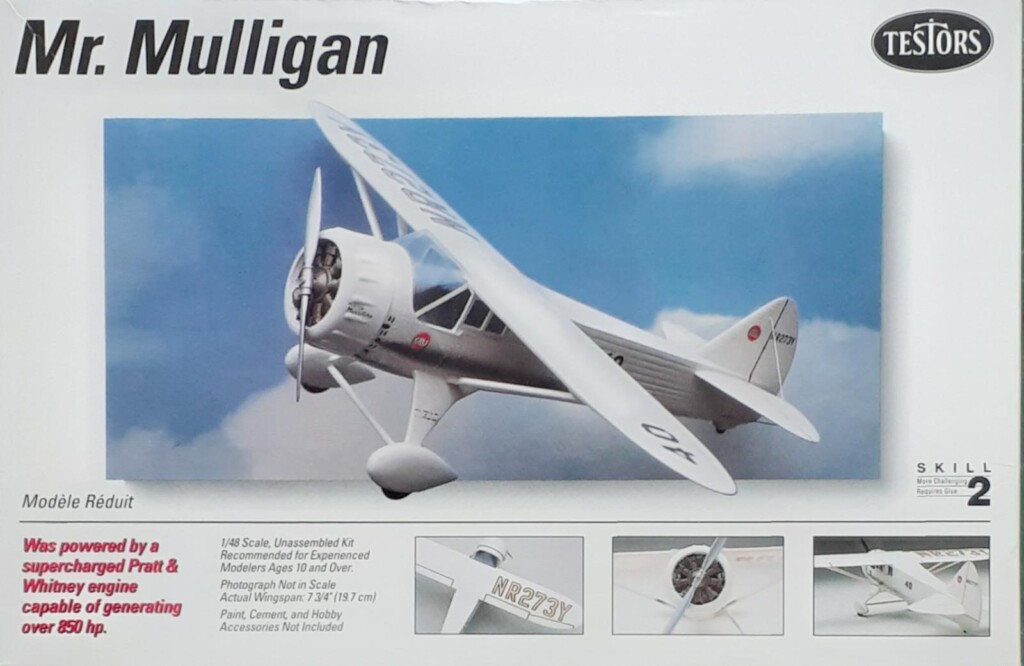
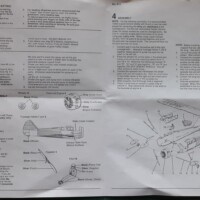
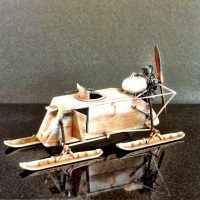

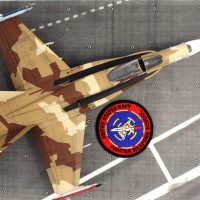
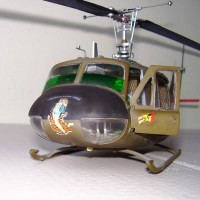
I remember that kit when I was a kid. Have you got any photos of your model?
My dad bought that kit for me and told me about his friend, Benny Howard (Dad was involved in the races as a mechanic back then. He worked a season for Roscoe Turner and knew Jimmy Doolittle well enough that when I met Doolittle in 1976 at the Watsonville Antique Airplane Fly-In, he recognized my name - which my Dad and I shared - which got me a 30 minute conversation with him.) I knew Gordon Israel up at the Reno Air Races in the 70s; he was retired from Grumman and back designing Formula One racers. When he was at Grumman, he designed the Stow Wing system they used on the Avenger and Wildcat and Hellcat, the engine installation in the Tigercat, and the engine cooling for the Bearcat (which was very closely cowled). His last masterpieces were the Panther and Cougar. I got some time in a DGA-9 a friend owned up in Sacramento in the 70s. They really were Damn Good Airplanes. I wish AMG - which is making Schneider Cup Racers (just came out with the S.6B) - would do the Thompson Racers of the 30s.
Great info on your build John, I look forward to seeing some photos of it. I have a few of the Shinder cup and Thompson Trophy racers that Testors re-released and their all pretty much the same in the way of detail, not a lot!
Great story Tom @tcinla, there always much appreciated.
A nice kit, John @jsummerford
Not sure if you already did build it, if so, could you please share some pictures of the final result.
If not build yet, you might consider to start a topic in one of the group builds, in that case you can more easily update your progress and for others it is more easy to keep track and respond to it.
When I lived in New Mexico and was doing a lot of private flying, I visited Crownpoint, New Mexico airfield a few times. The Mister Mulligan crashed near there but I was never able to find the exact location of the crash site.
I look forward to seeing your "Mr. Mulligan", John @jsummerford. I've long had that kit and most of the other ex-Hawk Testors 1/48 racing planes and some of their other efforts too. With a bit of effort, they produce nice models.
I've long had that kit and most of the other ex-Hawk Testors 1/48 racing planes and some of their other efforts too. With a bit of effort, they produce nice models.
If you're interested, here's a look at my Howard "Ike", posted here some time ago:
I'd love to see these aircraft release from new, more accurate tooling.
Here's my rendition of "Ike" . It recently won third place in a contest.
1 attached image. Click to enlarge.
Nice work, John @jsummerford and congratulations!
Excellent article, John!
Just to be clear, I'm still new to iModeler and learning how to navigate the website. I just started the Mr. Mulligan build and I'll post progress reports in the Group Chats.
Tom: I'm envious that you met Jimmy Doolittle and the rest of those aviators.
No problem, John @jsummerford
We're here to help you get around the website.
If you have any question, just ask.
You can always post your question here: https://imodeler.com/groups/help-to-improve-imodeler/
Nice build of a Damn Good Airplane. I made a few jumps from Howards back in the '60s
Hawk/Testors had whole series of early race planes.
I think I've either built, or stashed most of those, Robert @roofrat:
